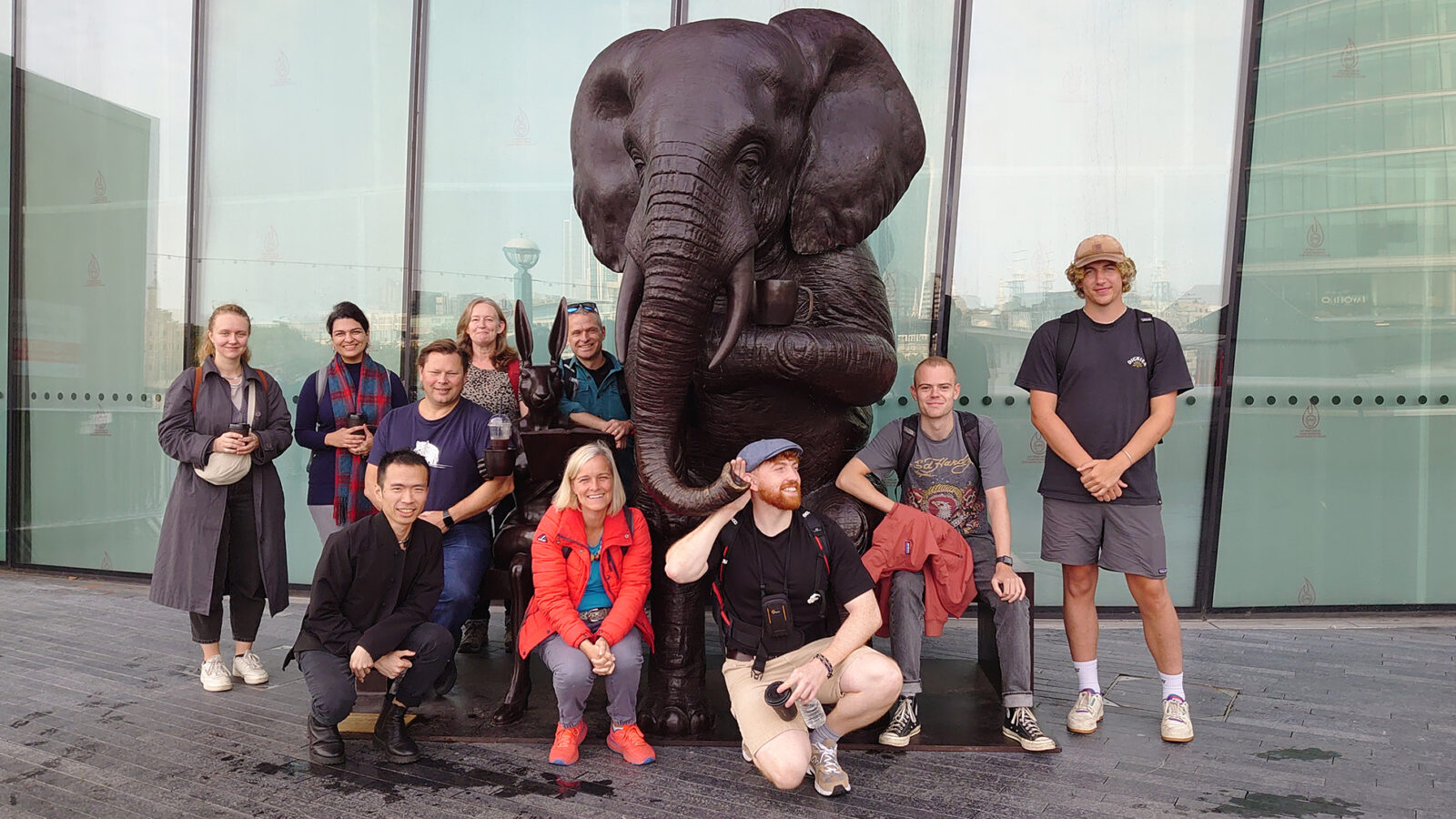Knocknagael Community Allotments
HarrisonStevens have been appointed by Community Enterprise, Scotland’s provider of support that helps communities turn great ideas into reality.
Knocknagael Allotments project is located at Knocknagael Bull Stud Farm to the south of Inverness. The scheme was born out of local opposition to housing development initially planned back in 2012. The local petition made the Community Council investigate alternative uses for the site and identified there was a strong demand for allotments.
Allotments have become increasingly popular, particularly during the pandemic. Allotment gardening offers many benefits, the gardens can produce food to supplement a family with fresh fruit and vegetables, gardening can keep the plot occupiers fit, and during summer help build up levels of vitamin D. Moreover, gardening is also playing an important role in preventing and alleviating mental ill-health. Community allotments enable people to contribute to society, where a community of like-minded people can share their knowledge, tools, skills, and fresh produce.
Community engagement and consultation supported the development of allotments and other compatible green space use. HarrisonStevens were appointed by Community Enterprise, Scotland’s provider of support that helps communities turn great ideas into reality. The 10Ha greenfield site owned by the Scottish Government, with HarrisonStevens help will see a proposal for traditional allotments in various sizes, polytunnels, orchards, a tool library, community hub, and space for horticultural training, classrooms, and shared growing facilities for schools and vulnerable groups.
The allotments will be landscape-led, with an important focus on design and layout to create a landscape park, within which there are productive spaces. This process has allowed HarrisonStevens to first design a community park and then fit the allotments into the structure of this park. The allotments will allow the public to access some of the spaces, however with the actual growing space remaining private. The landscape spaces in between will be publicly accessible, with more constructive links to wildlife corridors and biodiverse habitats.




